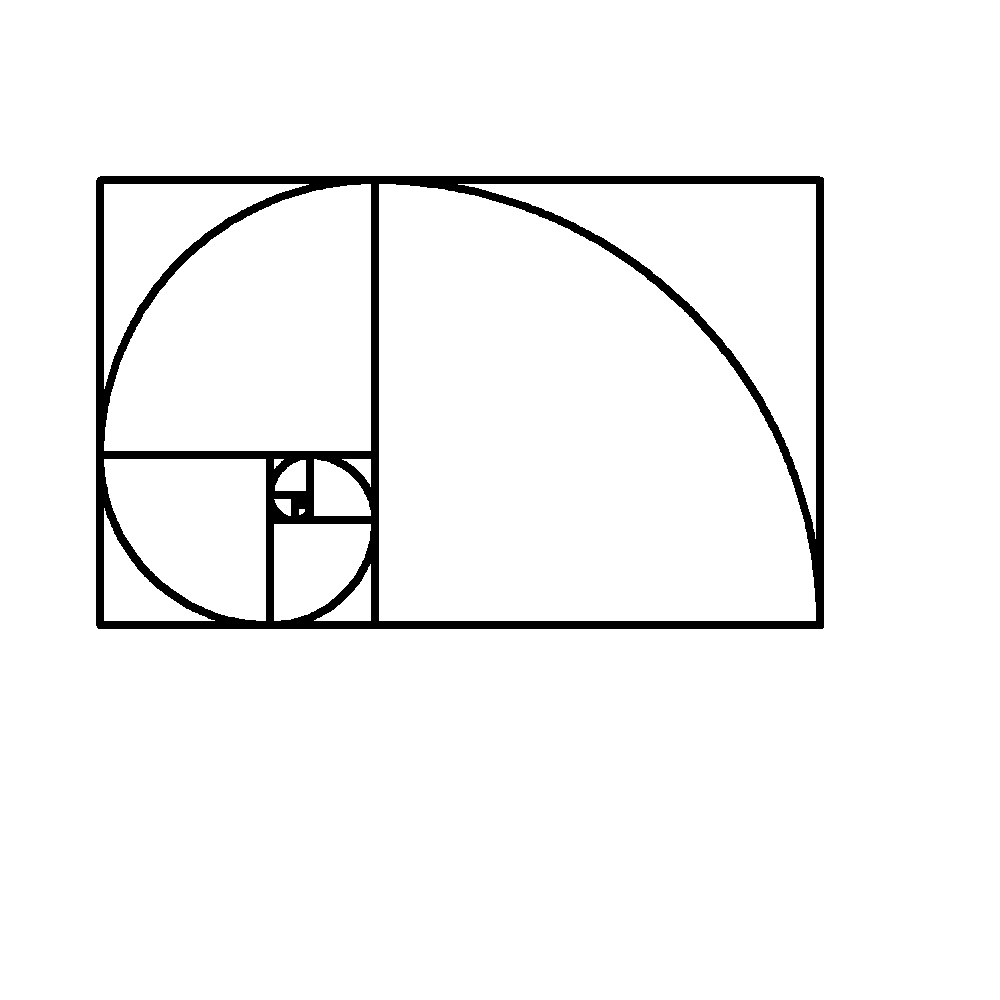Mathematics Education (Signadou)
Quality Teaching in NSW Schools:
QUALITY LEARNING ENVIRONMENT
© 2003 NSW DET
Quality Learning Environment refers to pedagogy that creates classrooms where students and teachers work productively in an environment clearly focused on learning. Such pedagogy sets high and explicit expectations and develops positive relationships between teachers and students and among students.
Explicit quality criteria 1.
No explicit statements regarding the quality of work are made Only technical and procedural criteria are made explicit.2.
Only general statements are made regarding the quality of the work.3.
Detailed criteria regarding the quality of work are made during the lesson, but there is no evidence that students are using the criteria to examine the quality of their work.4.
Detailed criteria regarding the quality of work are made explicit or reinforced during the lesson and there is evidence of some students, some of the time, examining the quality of their work in relation to these criteria.5.
Detailed criteria regarding the quality of work are made explicit or reinforced throughout the lesson and there is consistent evidence of students examining the quality of their work in relation to these criteria.Engagement 1.
Low engagement or disengagement Students are frequently off-task, perhaps disruptive, as evidenced by inattentiveness or serious disruptions by many. This is the central characteristic during much of the lesson.2.
Sporadic engagement. Most students, most of the time, either appear apathetic and indifferent or are only occasionally active in carrying out assigned activities Some students might be clearly off-task.3.
Variable engagement. Most students are seriously engaged in parts of the lesson, but may appear indifferent during other parts and very few students are clearly off-task.4.
Widespread engagement. Most students, most of the time, are on-task pursuing the substance of the lesson. Most students seem to be taking the work seriously and trying hard.5.
Serious engagement. All students are deeply involved, almost all of the time, in pursuing the substance of the lesson.High expectations 1.
No students, or only a few, participate in any challenging work.2.
Some students participate in challenging work during at least some of the lesson. They are encouraged (explicitly or through lesson processes) to try hard and to take risks and are recognised for doing so.3.
Many students participate in challenging work during at least half of the lesson. They are encouraged (explicitly or through lesson processes) to try hard and to take risks and are recognised for doing so.4.
Most students participate in challenging work during most of the lesson. They are encouraged (explicitly or through lesson processes) to try hard and to take risks and are recognised for doing so.5.
All students participate in challenging work during the lesson. They are encouraged (explicitly or through lesson processes) to try hard and to take risks and are recognised for doing so.Social support 1.
Social support is low. Actions or comments by the teacher or students result in "put-downs" and the classroom atmosphere is negative.2.
Social support is mixed. Both undermining and supportive behaviours or comments are observed.3.
Social support is neutral or mildly positive. While no undermining behaviours are observed, supportive behaviours or comments are directed at those students most engaged in the lesson, rather than those students who are more reluctant.4.
Social support is clearly positive. Supportive behaviours and comments are directed at most students, including clear attempts at supporting reluctant students.5.
Social support is strong. Supportive behaviours or comments from students and the teacher are directed at all students, including soliciting and valuing contributions of all.Students' self-regulation 1.
Few students demonstrate autonomy and initiative in regulating their own behaviour. Teachers devote more time to disciplining and regulating student behaviour than to teaching and learning.2.
Some students demonstrate autonomy and initiative in regulating their own behaviour, but there is still substantial interruption to the lesson for disciplinary and/or regulatory matters, as an attempt to avert poor behaviour, correct past behaviour or as an immediate reaction to poor student behaviour.3.
Many students demonstrate autonomy and initiative in regulating their own behaviour and the lesson proceeds coherently. However, teachers regulate behaviour several times, making statements about behaviour to the whole class, or perhaps focusing on students who are acting inappropriately.4.
Most students, most of the time, demonstrate autonomy and initiative in regulating their own behaviour and there is very little interruption to the lesson. Once or twice during the lesson, teacher comments on or corrects student behaviour or movement.5.
All students, almost all of the time, demonstrate autonomy and initiative in regulating their own behaviour and the lesson proceeds without interruption.Student direction 1.
No evidence of student direction. All aspects of the lesson are explicitly designated by the teacher for students.2.
Low student direction. Although students exercise some control over some aspect of the lesson (choice, time, pace, assessment), their control is minimal or trivial.3.
Some student direction. Students exercise some control in relation to significant aspects of the lesson.4.
Substantial student direction. Some deliberation or negotiation occurs between teacher and students over at least some significant aspects of the lesson.5.
High student direction. Students determine many significant aspects of the lesson either independent of, or dependent on, teacher approval.
These materials are drawn from A Classroom Practice Guide, © State of NSW Department of Education and Training Professional Support and Curriculum Directorate, 2003. They are provided here for personal study only.
How do I recognise Quality Teaching?

Room 206 Phone 02 62091142



 Stephen Mark
ARNOLD
Stephen Mark
ARNOLD